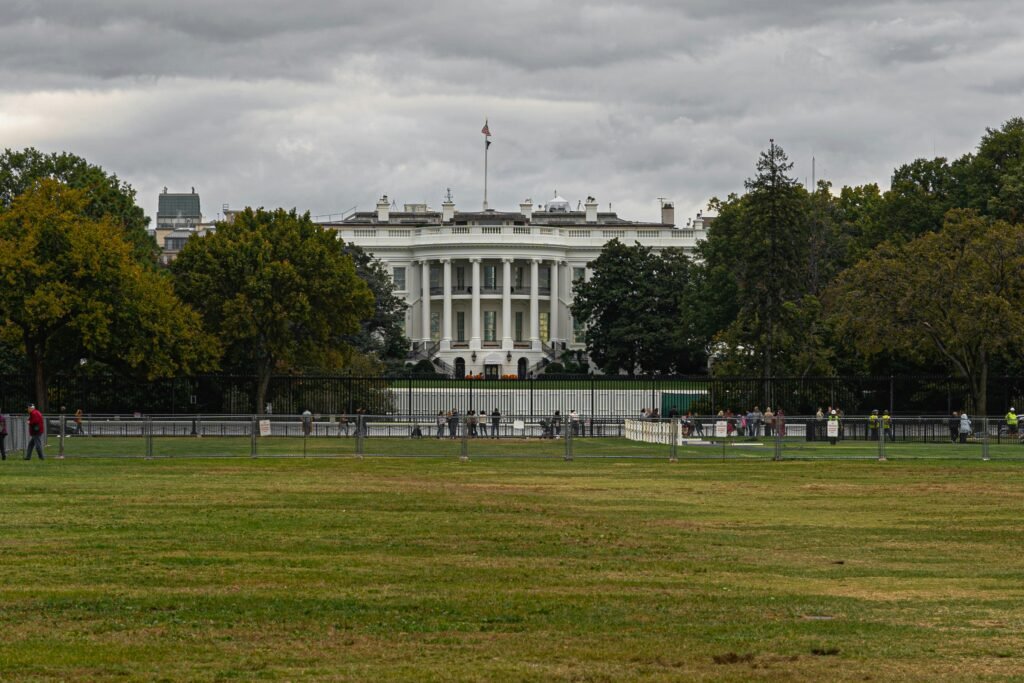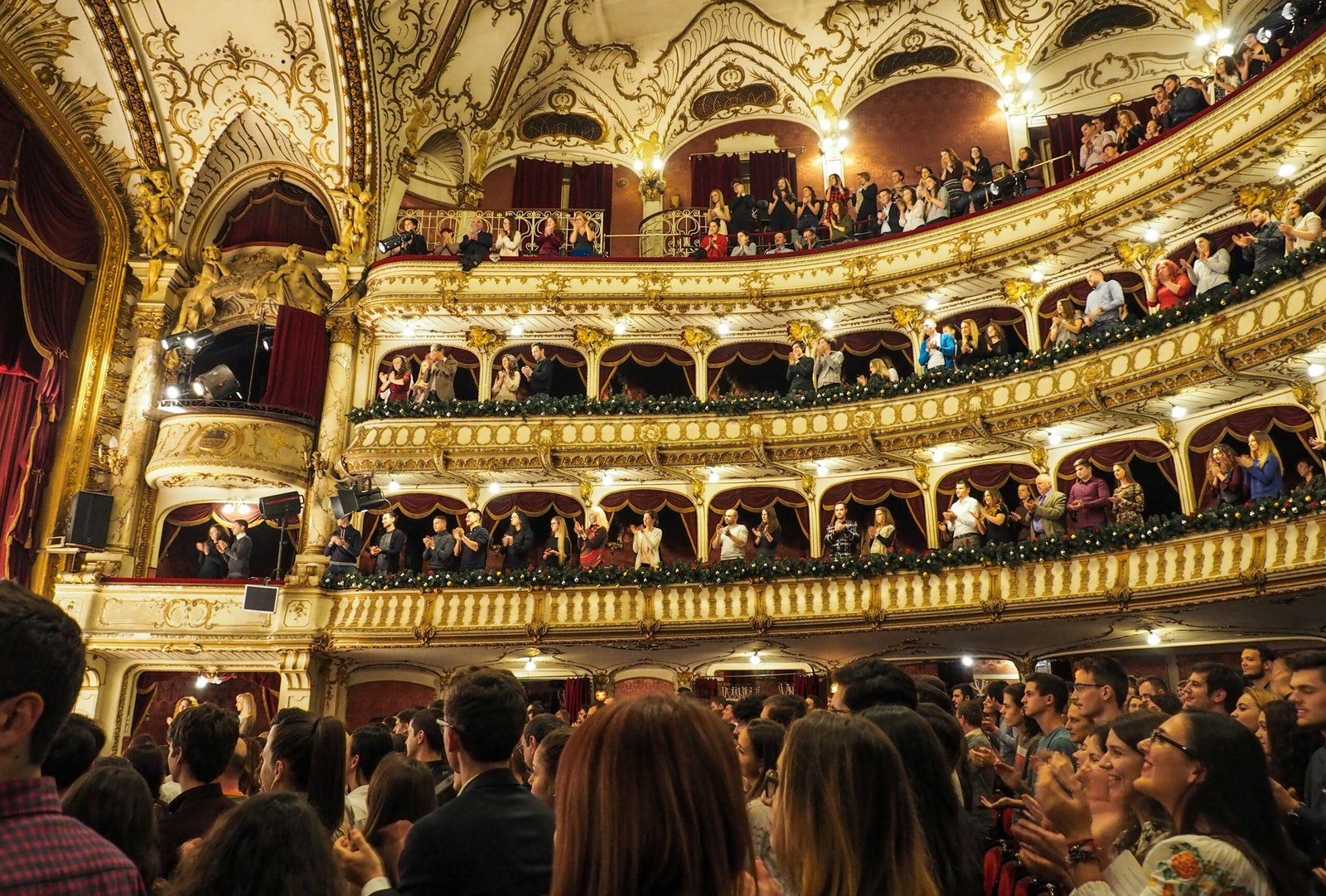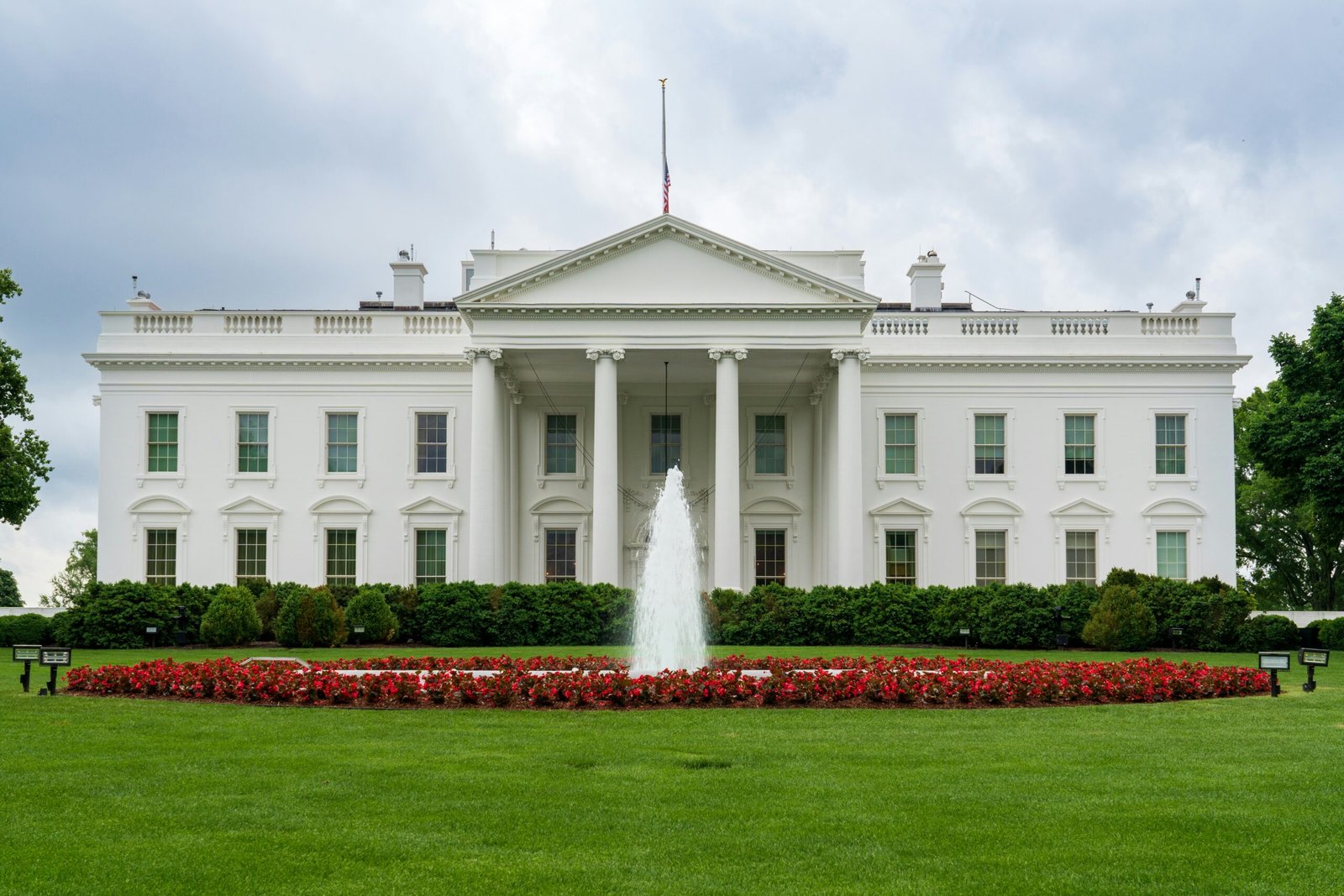A Brief History of the White House
The White House stands as an iconic symbol of the American presidency. Its construction began in 1792 and finished in 1800. Designed by James Hoban, the building showcases neoclassical architecture. This style reflects the aspirations of a young nation seeking stable governance. The White House serves as the official residence of the president, highlighting the executive branch’s crucial role in the federal government.
Throughout its history, the White House has witnessed many significant events. One pivotal moment occurred during the War of 1812. In 1814, British forces set fire to the building, leaving it in ruins. However, a dedicated rebuilding effort restored the White House, completing the project in 1817. This renovation not only returned the building to its original grandeur but also showcased the resilience of the American spirit.
Over the years, various presidents have left their mark on the White House. For example, Theodore Roosevelt oversaw significant renovations at the start of the 20th century. Later, Harry S. Truman managed extensive repairs in the late 1940s when the structure began to deteriorate. Each renovation emphasized maintaining this historic site’s integrity while adapting to the needs of its occupants.
The White House has hosted historic decisions, meetings, and ceremonies that shaped the nation. Thus, it stands as both a residence and a powerful symbol of American democracy. Its over two centuries of history reflect the nation’s growth and challenges. Understanding the White House’s past is vital for appreciating its significance in American culture and politics today.
The White House: A Symbol of American Architecture



The White House stands as an enduring symbol of the American presidency. Its diverse architectural elements, primarily neoclassical in style, showcase the ideals of symmetry, proportion, and grandeur. Designed by architect James Hoban, the building features an iconic portico with majestic columns. This grand entrance not only welcomes visitors but also embodies the democratic ideals of the nation’s highest office.
Over the years, the White House has undergone many renovations and expansions. The East and West Wings, added in the early 20th century, greatly increased the capacity for official functions and executive needs. These additions improved functionality while complementing the original design, preserving the neoclassical aesthetic envisioned by Hoban.
The surrounding landscape enhances the White House’s architectural beauty. The meticulously designed Rose Garden, created by Rachel Lambert Mellon in the 1960s, serves as a lovely outdoor space for receptions. It also provides a stunning backdrop for important events, blending nature with the structured elegance of the White House.
Inside, the White House features several historically significant rooms, each reflecting unique design principles. The Oval Office represents the heart of presidential operations, filled with rich furnishings and artwork that tell the story of American leadership. The Situation Room is designed for crisis management, showcasing a modern approach that incorporates advanced technology in a secure setting. Meanwhile, the Lincoln Bedroom honors President Abraham Lincoln, adorned with period-appropriate furnishings that reflect its rich historical significance. This blend of history and architectural beauty cements the White House’s status as an iconic landmark.
Cultural Significance and Public Perception
This landmark epitomizes the American spirit and symbolizes democracy, leadership, and governance. As a venue for national ceremonies, it plays a crucial role in the political landscape. Events like presidential inaugurations, state dinners, and formal gatherings highlight its importance in American civic life and make it a focal point for both domestic and international diplomacy.
Over the years, public perception of the White House has evolved, shaped by various administrations. Each presidency brings distinct ideologies that influence how citizens view the White House. For example, during the Civil Rights Movement, it became a battleground for public debate. This shift changed its image from a mere residence to a site of contention and hope. The media has significantly impacted this transformation, shaping public opinion through its portrayal of events and policies linked to the presidency.
Moreover, the White House’s representation in arts and media has solidified its status in American culture. Films, television shows, literature, and various artistic endeavors often depict the White House, reflecting contemporary societal values and tensions. These representations contribute to the ongoing narrative surrounding the institution, shaping perceptions that resonate across generations. Whether through cinematic dramatizations or historical documentaries, the portrayal of the White House continues to inspire intrigue and fascination.
In essence, the White House remains a multifaceted symbol, embodying the complexities of American identity and political life.
Visiting the White House: Guidelines and Experience
Visiting the White House is a significant experience for many, as it embodies the history and spirit of American democracy. To secure a tour of this iconic residence, guests must plan ahead. Tours are offered from Tuesday to Saturday, and all requests should go through a Member of Congress. This step is crucial, as only congressional offices can facilitate reservations. It’s best to submit tour requests several months before your desired visit date to improve your chances of availability.
Upon arrival, visitors must undergo rigorous security checks, similar to those at an airport. Arriving early is essential to allow time for screening. All personal items, including bags, are subject to security protocols, so it’s wise to travel light. Be aware of prohibited items, such as large bags, food, and certain electronics. Additionally, bringing a valid photo ID is essential, as identification requirements are strictly enforced.
The White House grounds offer many highlights worth exploring. Although tours currently do not include access to the East Wing or West Wing, visitors can admire the Rose Garden and Jacqueline Kennedy Garden. These gardens often feature in important events and ceremonies. The White House Visitor Center provides educational resources and exhibits that delve into the residence’s significance, helping guests deepen their understanding of its past and present role.
Accessibility is a priority, with accommodations available for those needing assistance. The White House actively engages with the public, offering educational programs that illuminate government workings and the importance of civic participation. This engagement reinforces the White House’s status as a symbol of democracy, inviting visitors to appreciate its physical beauty and vital cultural significance.







